Every kitchen professional understands that a well-cared-for utensil can elevate the cooking experience. When it comes to wok cooking, knowing how to condition a wok is not just beneficial; its essential. The process of conditioning a wok ensures that it serves its purpose efficiently, can withstand high temperatures, and develops a natural non-stick surface. In this article, we will delve deep into the nuances of wok conditioning, tailored for culinary experts who crave mastery in their craft.
Understanding the right ways to condition your wok is pivotal in achieving the best culinary results. From stir-frying to steaming, a properly seasoned wok elevates flavors and enhances your cooking techniques. Lets dive into the steps that ensure your wok remains a kitchen hero.
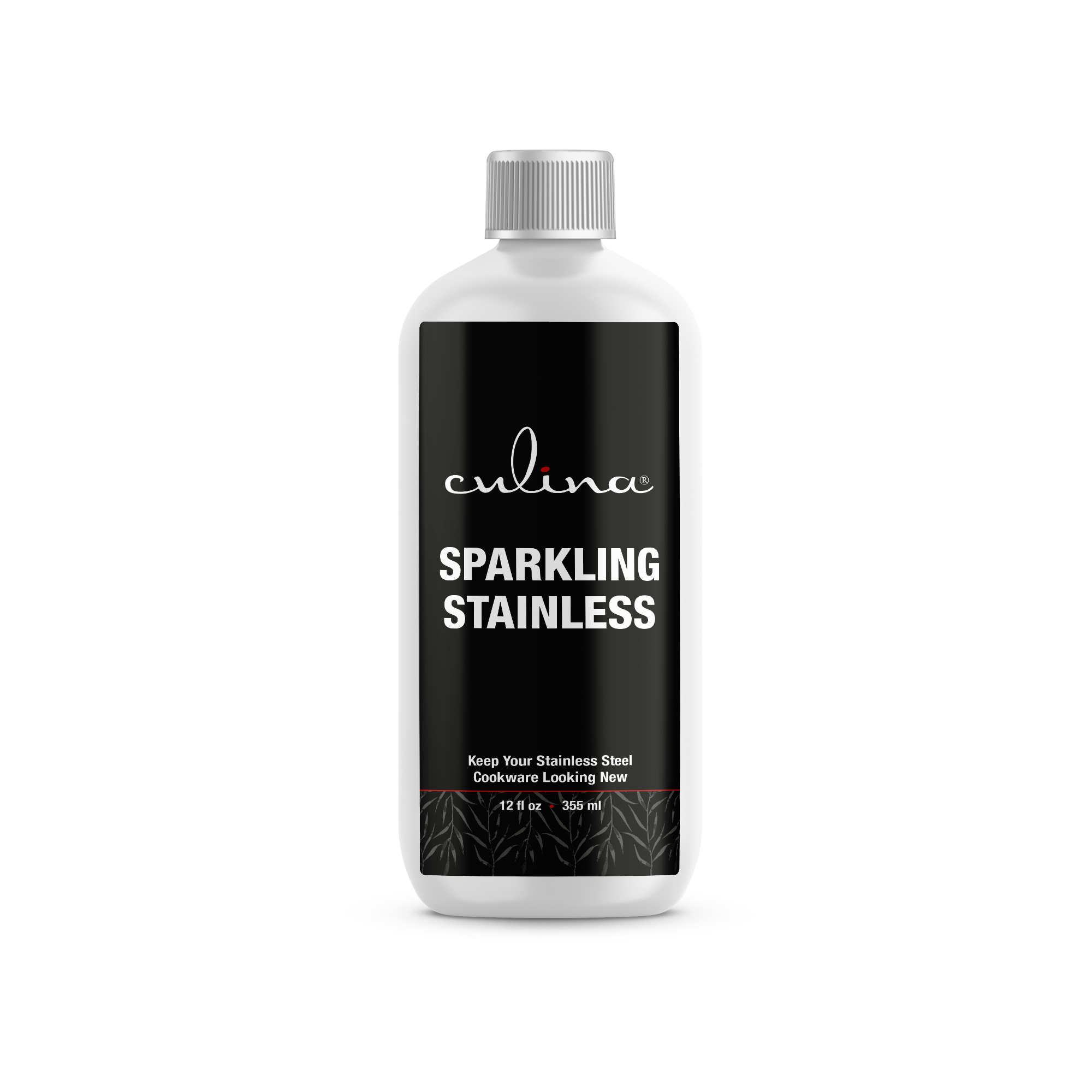
Why is Conditioning Your Wok Important?
Conditioning or seasoning your wok is essential for multiple reasons. It creates a non-stick surface that helps in cooking delicious meals without food sticking. Additionally, it prevents rust, allowing for durability and longevity of your wok. For kitchen professionals, this means less time cleaning and more focus on cooking.
Choosing the Right Wok
Before diving into the conditioning techniques, its crucial to choose the right wok. Various types include:
- **Carbon Steel Wok**: Popular among professionals for its heat retention and weight.
- **Cast Iron Wok**: Heavier, excellent at retaining heat but requires careful handling.
- **Non-Stick Wok**: User-friendly, but can limit high-heat cooking techniques.
For the purpose of this guide, we will focus primarily on conditioning a carbon steel wok, as it is favored for its versatility and performance in high-temperature cooking.
:max_bytes(150000):strip_icc()/WokSills101-StirFrying-VickyWasik5-78df0312935c423ab768a6acdfc47bc4.jpg)
Materials and Tools Needed
- Stainless Steel Scrubber or Sponge
- High Smoke Point Oil (e.g., Grapeseed, Canola)
- Stove (Gas or Electric)
- Paper Towels
- Ventilation or Range Hood
:max_bytes(150000):strip_icc()/GettyImages-634758127-2000-7e34aa696c3949ffa0b741a5520c79d5.jpg)
Steps to Condition a Wok
Step 1: Preparing the Wok
Begin by removing any protective coating from your new wok. Use a stainless steel scrubber or sponge along with hot water to wash the surface. Rinse thoroughly and dry completely with a towel.
Step 2: Heating the Wok
Place your wok on the stove and turn it to medium heat. Allow the wok to heat until it changes color, which indicates it is ready for seasoning. This may take about 5-10 minutes. You will notice the surface becoming shiny and darkening.
Step 3: Oil Application
Once your wok is hot, use paper towels to apply a thin layer of high smoke point oil to the surface. Rotate the wok, ensuring the oil coats the entire interior. This step is vital for creating that non-stick surface.
Step 4: Further Heating
Continue heating the wok for an additional 10 minutes. The oil will smoke, which indicates that its polymerizing and binding with the wok's surface. Make sure your kitchen is well-ventilated to handle the smoke.
Step 5: Let Cool and Repeat
After 10 minutes, turn off the heat and let the wok cool down. Repeat the oiling and heating process 2-3 more times for optimal seasoning.
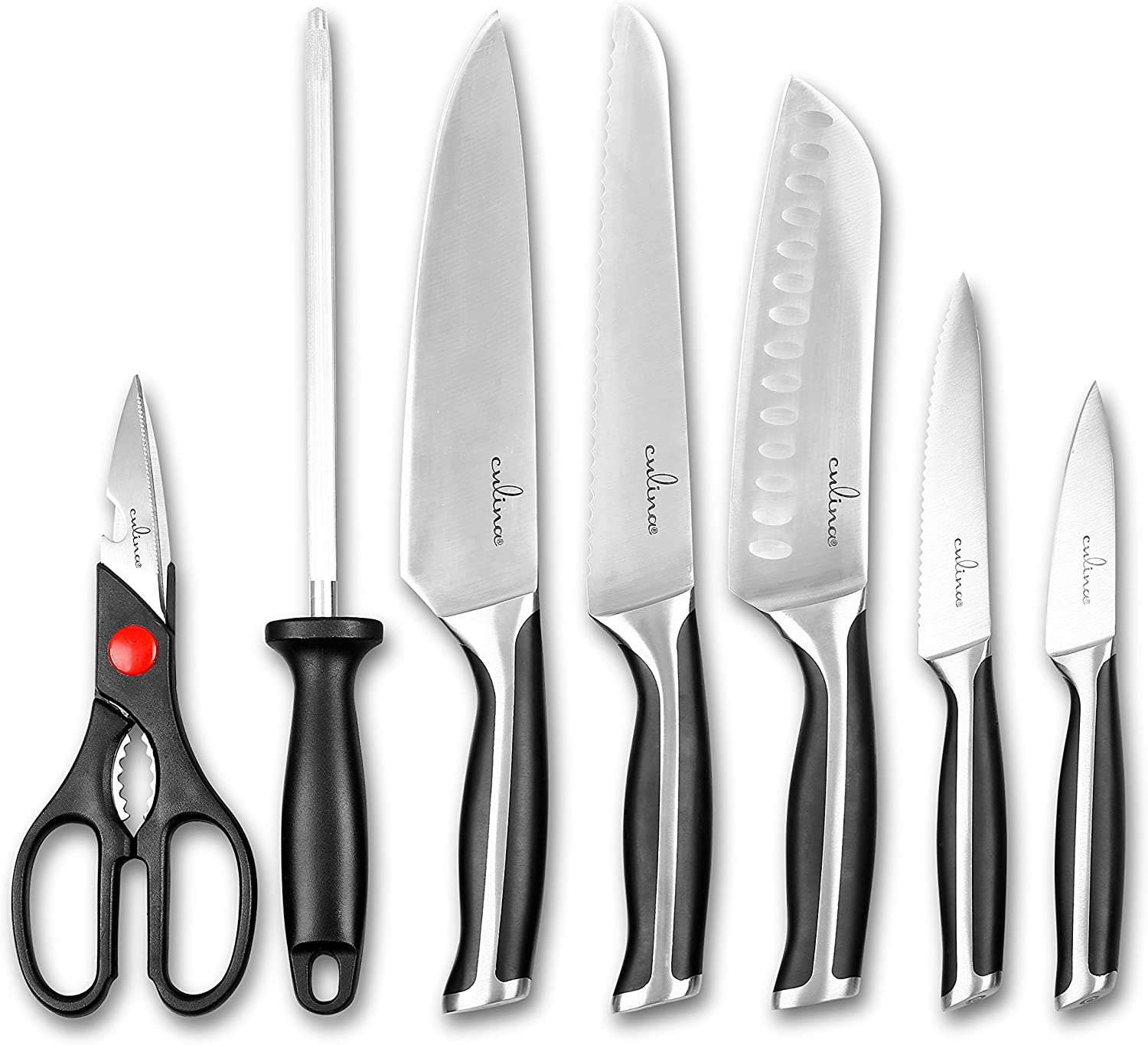
Maintenance Tips for Your Wok
To extend the life of your wok and maintain its non-stick surface:
- Always wash with warm water and a soft sponge after use.
- Avoid soap and harsh scouring pads.
- After cleaning, dry it thoroughly over low heat and apply a light layer of oil.
Common Mistakes to Avoid
For kitchen professionals, its essential to sidestep common errors during conditioning. Do not:
- Use soap while cleaning your seasoned wok.
- Overcrowd the wok while cooking, as it can lead to uneven heat and pressure.
- Store food in the wok, as it can impact the seasoning.
Frequently Asked Questions
How often should I condition my wok?
You should condition your wok every few months or whenever you notice food beginning to stick more than usual.
Can I use my wok on an induction cooktop?
Yes, but make sure the wok is induction-compatible. A flat-bottomed wok works best for induction kitchens.
What do I do if my wok starts to rust?
If rust occurs, scrub it with a steel wool pad, wash it carefully, and re-season the wok.
If you're interested in further enhancing your culinary creations using woks, check out [this guide](https://www.cookserveenjoy.com/blogs/inspiration/a-guide-to-woks-how-to-choose-use-and-season-a-wok) that delves deeper into wok usage and techniques!
As an Amazon Associate, I earn from qualifying purchases.

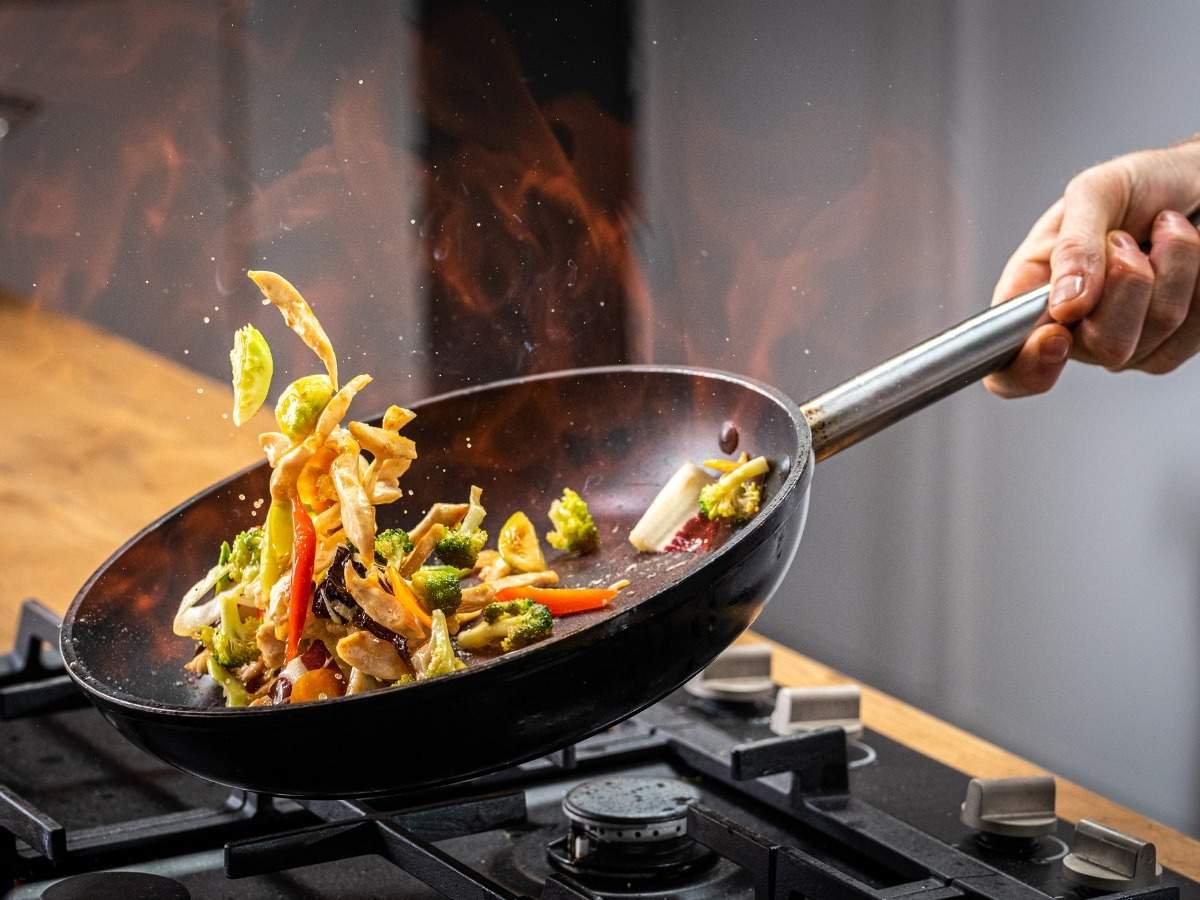


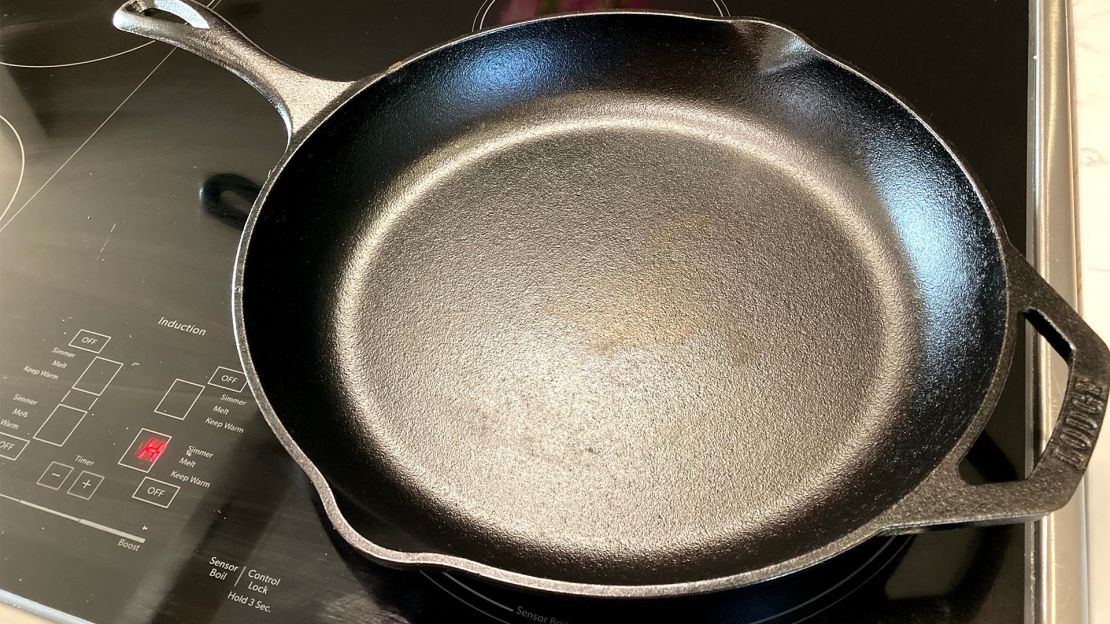
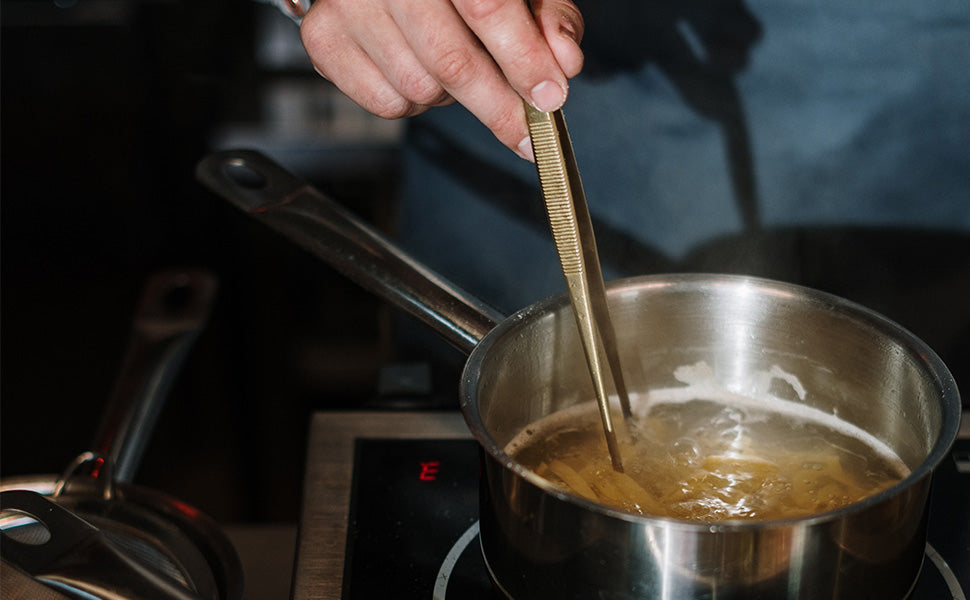
Leave a comment
This site is protected by hCaptcha and the hCaptcha Privacy Policy and Terms of Service apply.